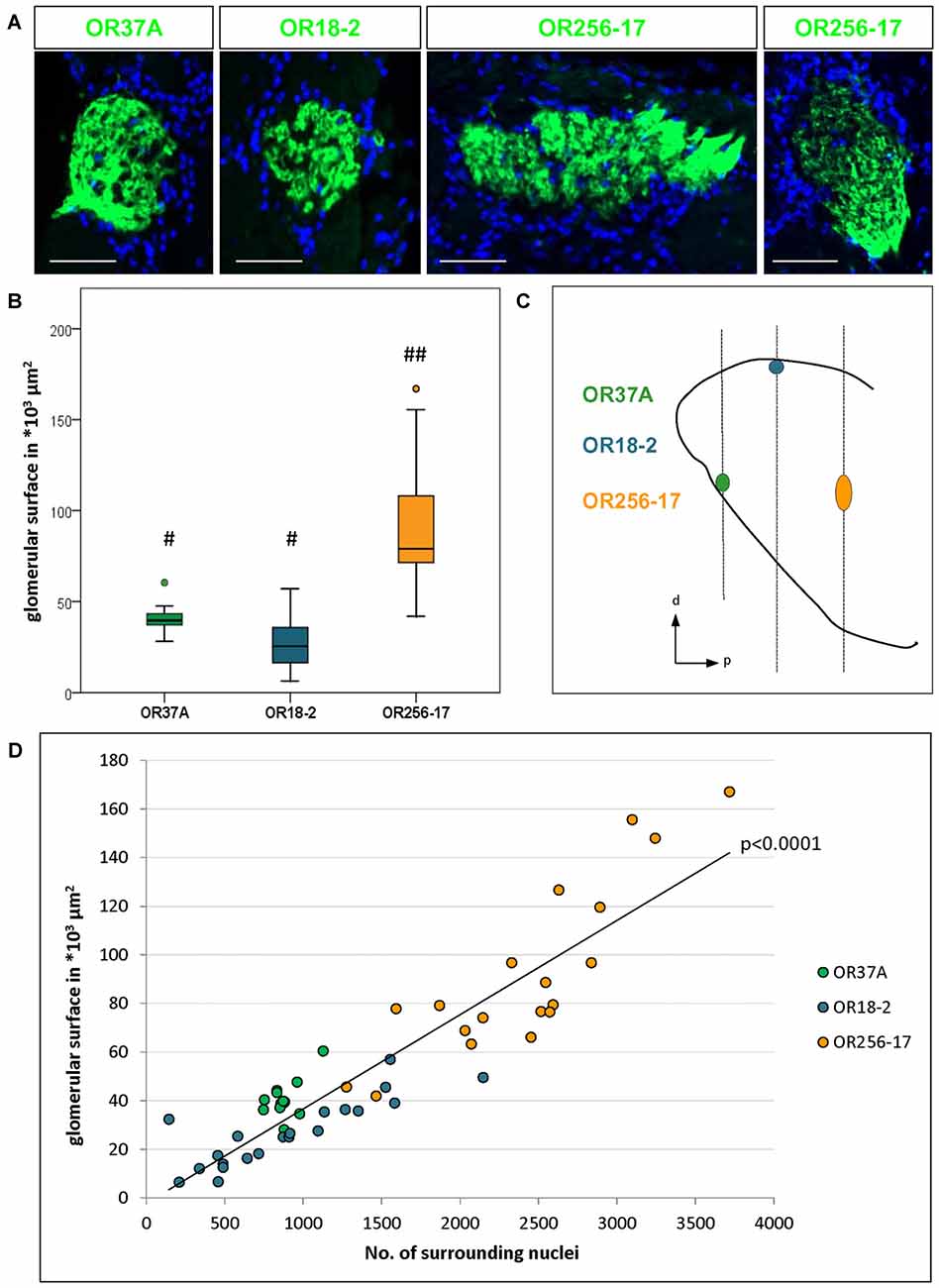
In response to these limitations, we engineered a perfusable, vascularized in vitro model of three-dimensional human neuroblastoma to study the effects of retinoid therapy on tumor vasculature and drug-resistance. However, the lack of controllable models that recapitulate the features of human neuroblastoma limits our understanding of the process and impedes the development of new therapies. Tumor relapse is the major cause of succumbing to this disease, and properties attributed to cancer stem-like cells (CSLC), such as drug-resistance and cell plasticity, seem to be the key mechanisms. Neuroblastoma is a vascularized pediatric tumor derived from neural crest stem cells that displays vasculogenic mimicry and can express a number of stemness markers, such as SOX2 and NANOG. Select the file that you have just downloaded and select import option Reference Manager (RIS).
#Itcn imagej download#
Available fromĬlick on Go to download the file. Vascularized Tissue-Engineered Model for Studying Drug Resistance in Neuroblastoma. Villasante A, Sakaguchi K, Kim J, Cheung NK, Nakayama M, Parsa H, Okano T, Shimizu T, Vunjak-Novakovic G. USA tel: 1-21, fax: 1-21 av2499edu Gordana Vunjak-Novakovic, Mikati Fou ndation Professor of Biomedical Engineering, Professor of Medical Sciences, Columbia University, 622 west 168th Street, VC12-234. ✉ Corresponding author: Aranzazu Villasante, Associate Research Scientist, Columbia University, 622 west 168th Street, VC12-234. Department of Medicine, Columbia University, New York, NY, USA. Department of Pediatrics, Memorial Sloan Kettering Cancer Center, New York, NY.

Faculty of Science and Engineering, Waseda University, TWIns, Tokyo, Japan Ĥ. Institute of Advanced Biomedical Engineering and Science, Tokyo Women's Medical University, TWIns, Tokyo, Japan ģ. Laboratory for Stem Cells and Tissue Engineering, Department of Biomedical Engineering, Columbia University, New York, NY, USA Ģ. Research Paper Vascularized Tissue-Engineered Model for Studying Drug Resistance in NeuroblastomaĪ.


 0 kommentar(er)
0 kommentar(er)
